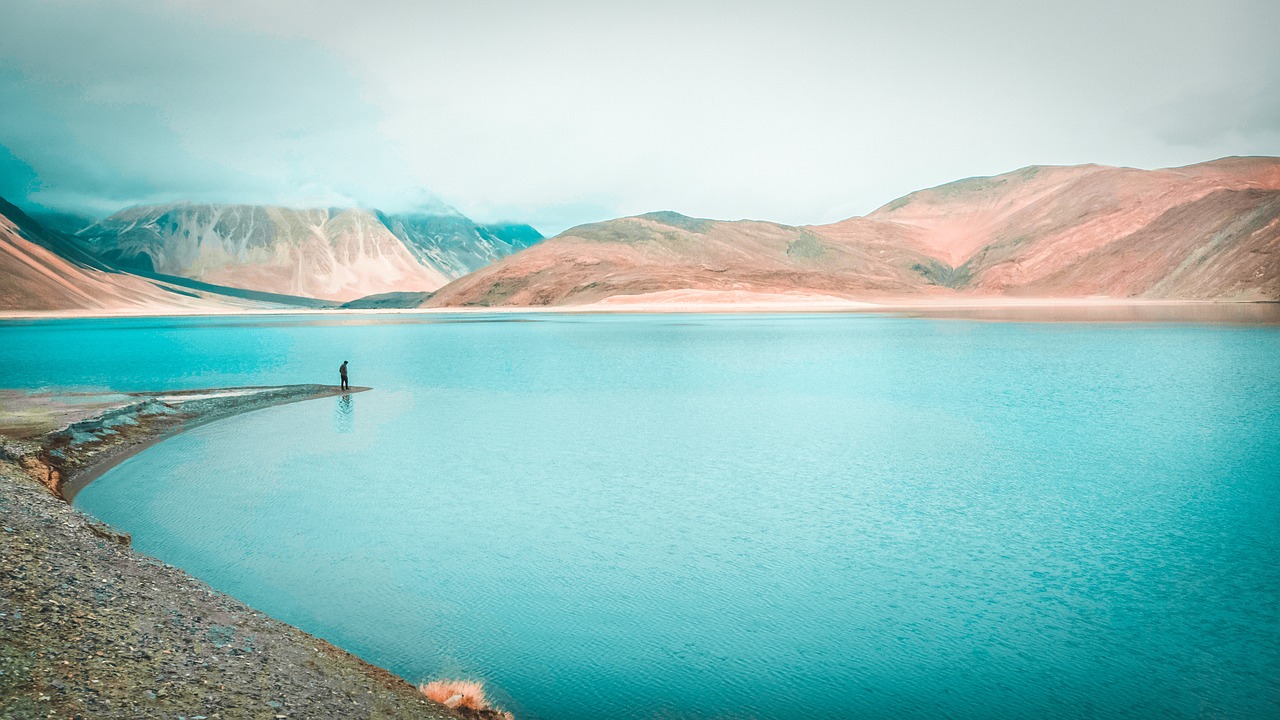

The city of Leh is between the Karakoram & the Himalayan ranges, on the banks of the Indus River & the scenic beauty of the place attracts tourists from far-flung areas all year round. The greater part of the city is covered with mosques & Buddhist monuments that date back to the 16th and 17th centuries. The ancient, nine-storied, palace of King Sengge Namgyal of the Namgyal dynasty, which depicts the architectural style of the medieval era, is one of the major attractions of the place. Beautiful lakes and Monasteries, mesmerizing landscapes, and mountain peaks are some of the attractive features of this place.
Tourist Attractions In Leh : 33
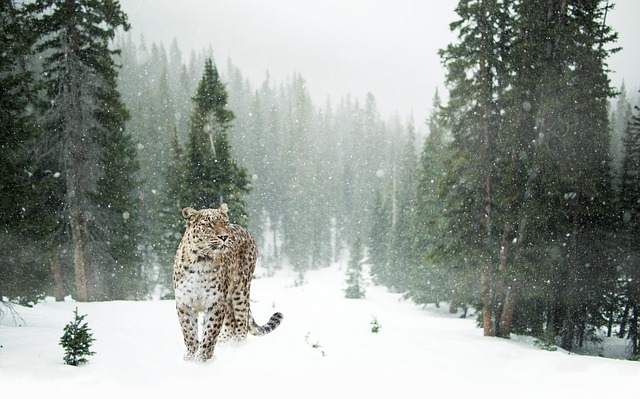

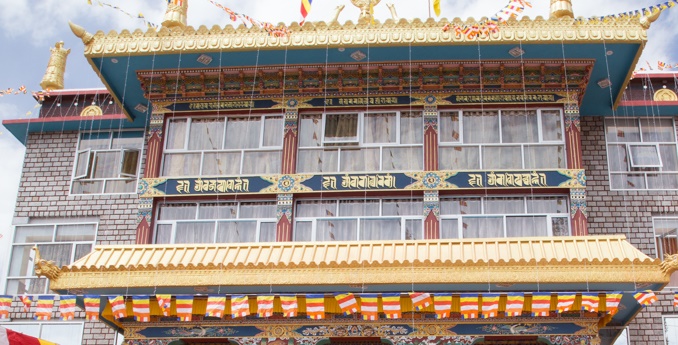
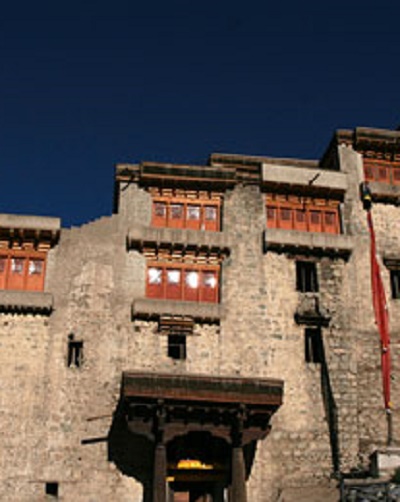

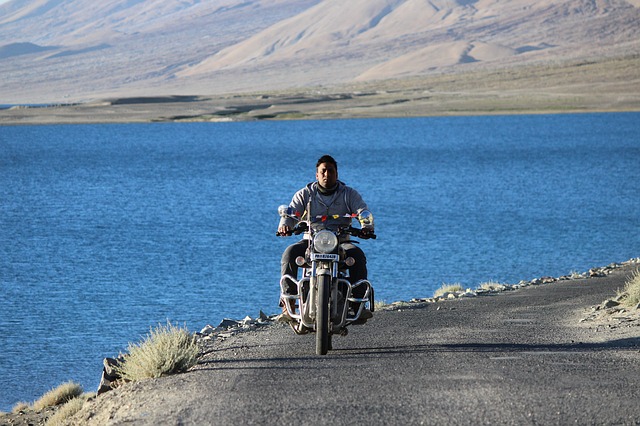
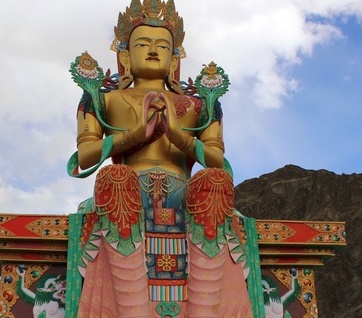
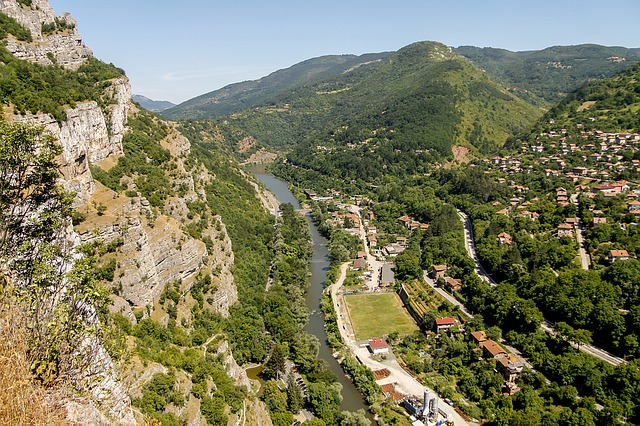


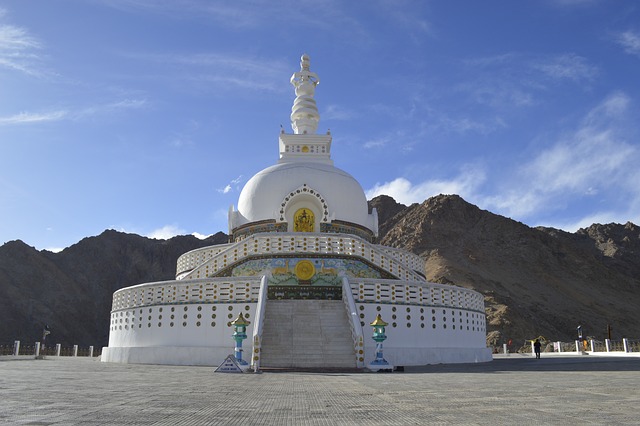
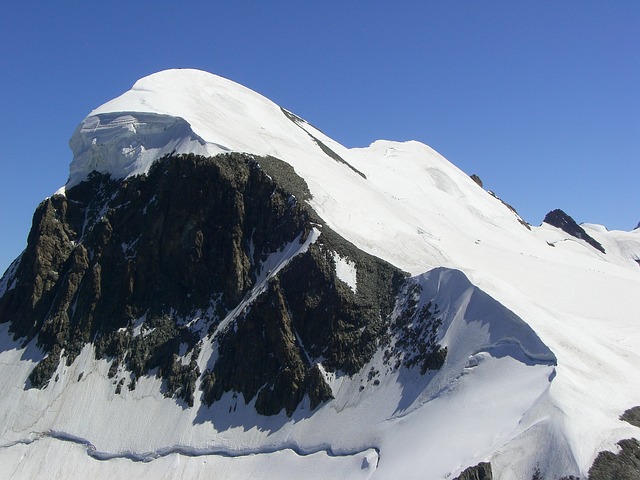
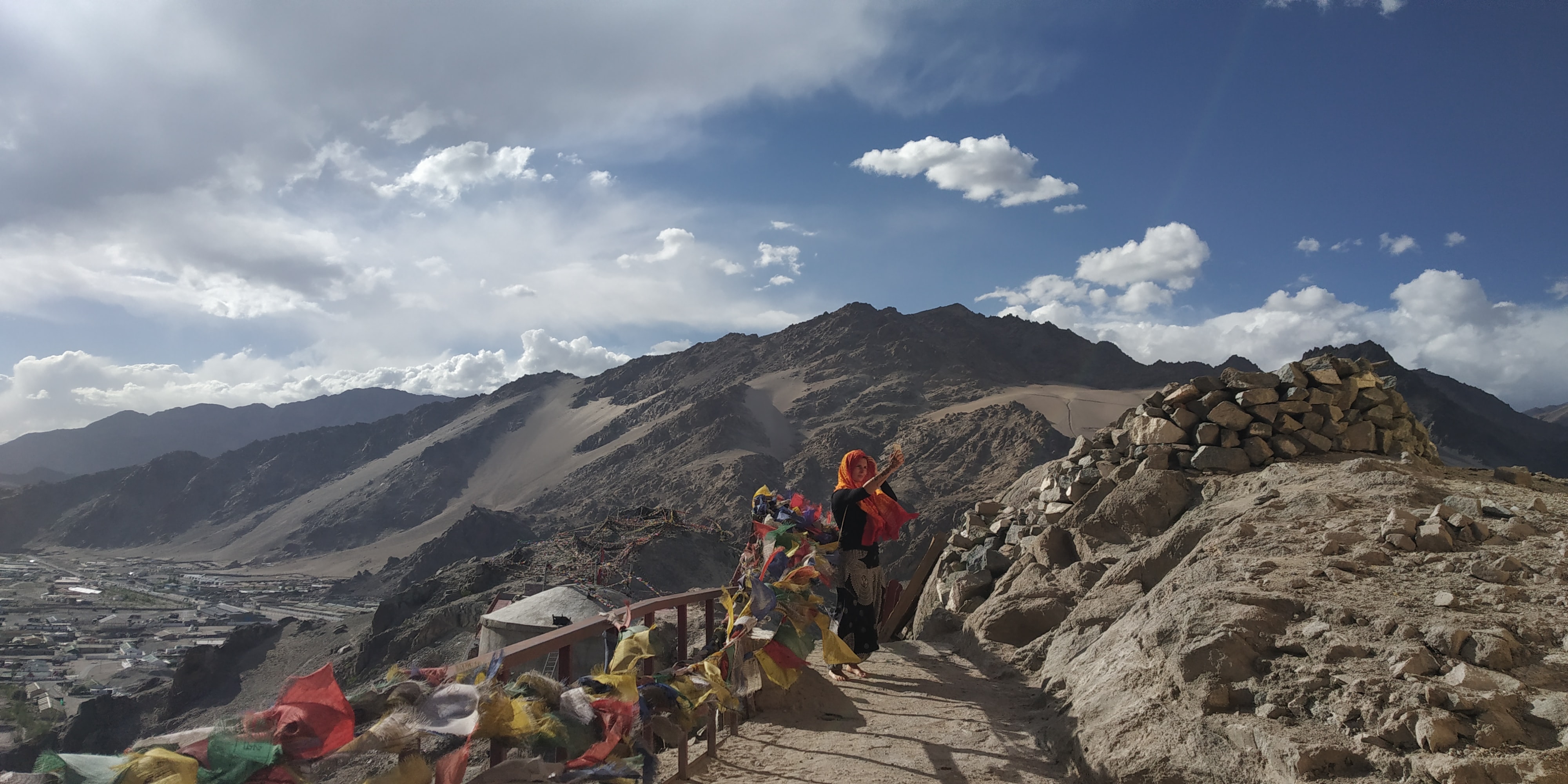

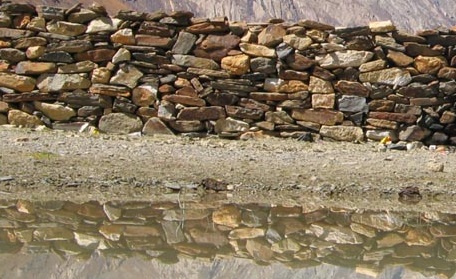
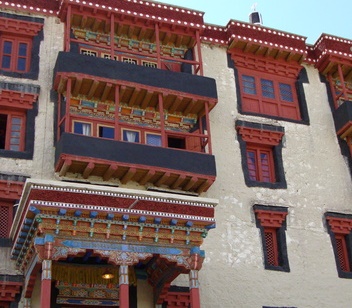
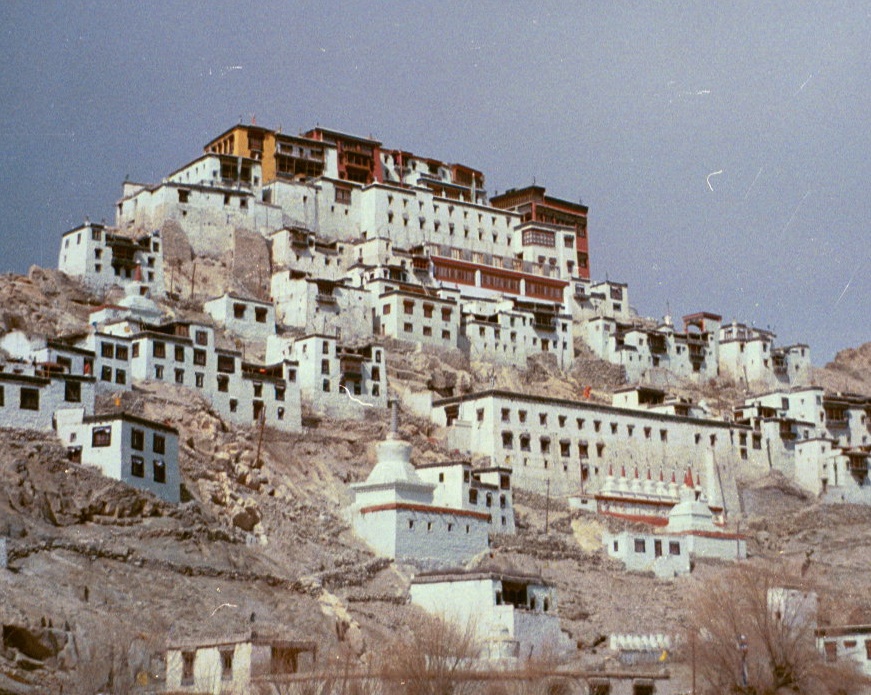

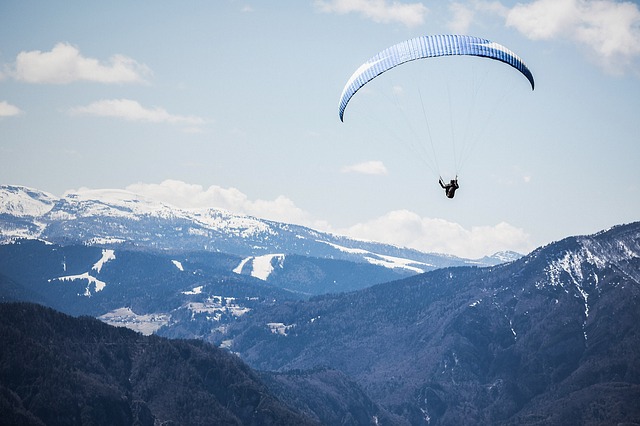
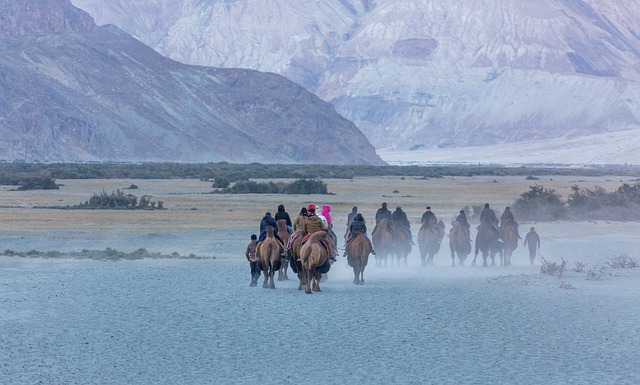


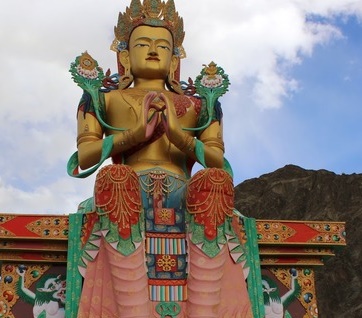
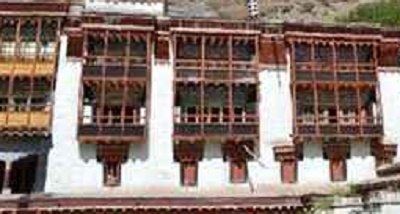



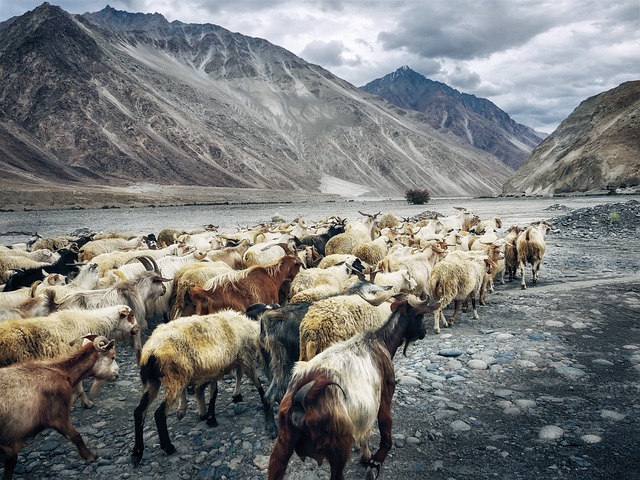
By Air - Leh is connected to the outside world through air route, all around the year. Kushok Bakula Rimpochhe Airport in Leh is served by Air India, Go Air and Jet Airways. Flights operate daily to Leh, whenever the weather allows. Air India also operates flights from Jammu and Srinagar to Leh.
By Rail - The Jammu railway station is the nearest rail link to Leh, situated at a distance of 734 kms.
By Road - The Jammu & Kashmir State Road Transport Corporation provides regular bus services from Srinagar to Leh, located at a distance of 700 kms. In addition to this, travellers can also avail bus services of the Himachal Road Transport Corporation from Manali to Leh. It takes around 20 hours to reach Leh from Manali on road.
Local Transport - The mystic and awe striking region of Ladakh is surrounded with gorgeous scenery and travelling through this region can indeed be a pleasure. There are buses, taxis, motorcycles and bicycles available for getting across Ladakh and one can choose the one that deem fit.
Leh, the capital of Ladakh in India, offers a unique blend of Tibetan and North Indian cuisine. Here are some famous traditional dishes and places to eat in Leh:
1. Thukpa:
- Specialty: A hearty noodle soup with vegetables or meat, flavored with aromatic spices.
- Where to Try: Gesmo Restaurant and Tibetan Kitchen serve delicious Thukpa.
2. Momos:
- Specialty: Tibetan-style dumplings filled with various ingredients like vegetables, chicken, or mutton, often served with spicy dipping sauces.
- Where to Try: Dreamland Restaurant and Bon Appetit offer mouthwatering momos.
3. Chang:
- Specialty: A local fermented barley beer, often served in traditional wooden containers.
- Where to Try: Sample Chang at local homestays or some restaurants like Zomsa La.
4. Ladakhi Butter Tea (Gur Gur Chai):
- Specialty: A salty tea made with yak butter, tea leaves, and salt.
- Where to Try: Many local tea stalls and homestays serve Ladakhi Butter Tea.
5. Kashmiri Wazwan Cuisine:
- Specialty: Traditional Kashmiri dishes like Rogan Josh, Yakhni, and Dum Aloo.
- Where to Try: Book a table at Lamayuru Restaurant for authentic Kashmiri cuisine.
6. Ladakhi Sausages:
- Specialty: Spicy sausages made from locally sourced meat and spices.
- Where to Try: Gesmo Restaurant is known for its Ladakhi sausages.
7. Skyu:
- Specialty: A hearty Ladakhi stew made with wheat flour pasta, vegetables, and mutton.
- Where to Try: Sample Skyu at local eateries and homestays in Leh.
8. Apricot Jam and Dried Apricots:
- Specialty: Leh is famous for its sweet apricot products, including jams and dried fruits.
- Where to Try: You can buy these products at local markets and shops.
9. Tibetan and Ladakhi Bakery Items:
- Specialty: Enjoy fresh pastries, bread, and cakes with a Ladakhi twist.
- Where to Try: German Bakery and Bon Appetit are popular for their baked goods.
10. Zomsa La:
- Specialty: A well-known restaurant serving a variety of Tibetan and Ladakhi dishes, including momos and Thukpa.
11. Gesmo Restaurant:
- Specialty: Offers a mix of Indian, Tibetan, and Ladakhi cuisine with a cozy ambiance.
13. Lamayuru Restaurant:
- Specialty: A restaurant specializing in authentic Kashmiri Wazwan cuisine.
Leh's cuisine beautifully combines the flavors of Tibet and North India. These dishes and eateries offer a delicious glimpse into the city's diverse and unique food culture. Enjoy your culinary journey in Leh!
Leh is a mesmerizing & famous tourist destination perfect for nature lovers & adventure seekers.
The best Months To Visit are from April to July.
The ideal time required to explore Leh is 2-3 days.
Leh has many nearby tourist destinations like Kargil, Nubra, Zanskar & many more.
Updated 15 Jun 2022
fort Road, Sheynam Leh, Ladakh 194101 Jammu And Kashmir, India
Star Rating:Updated 15 Jun 2022
sheldan Fort Road, Leh 194101, Jammu And Kashmir, India
Updated 29 Jan 2018
Updated 29 Jan 2018